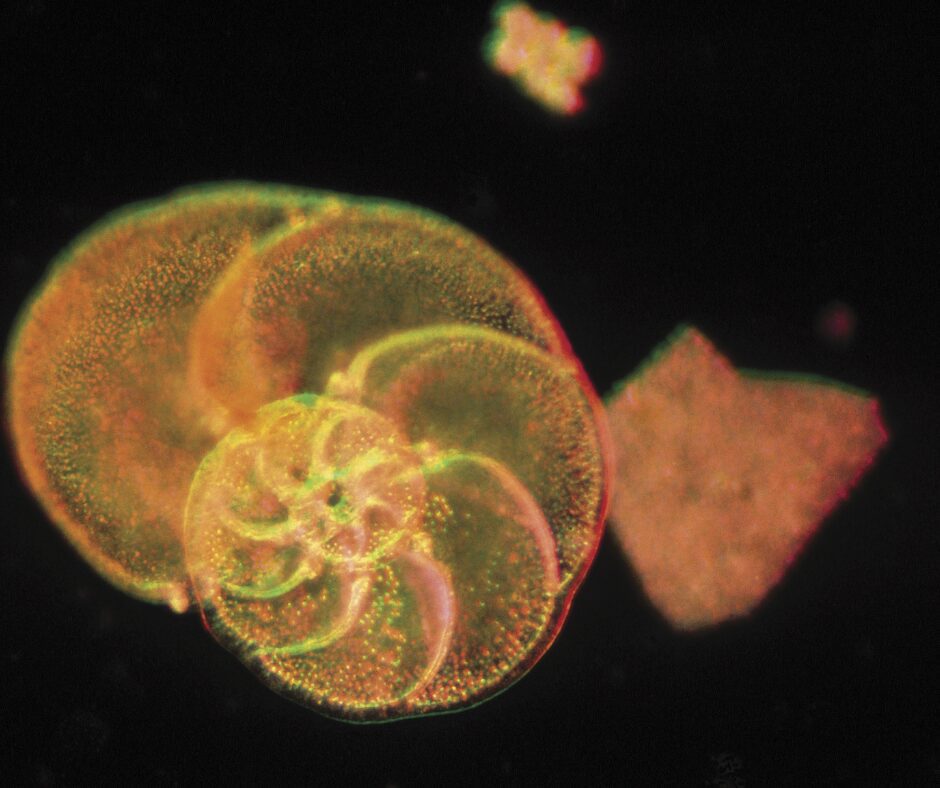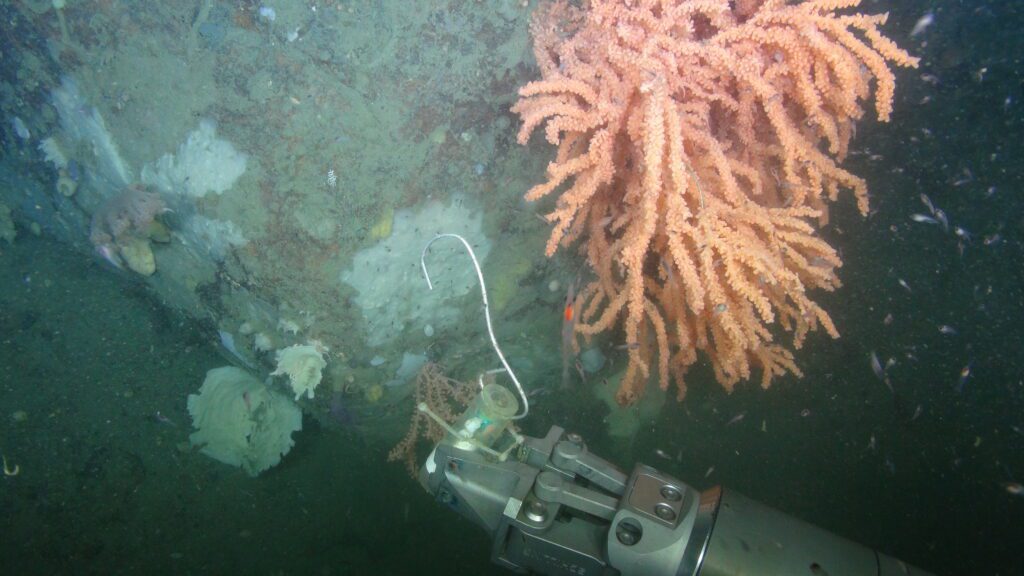Rivers and glaciers can carry large amounts of sediment into the ocean, especially in Arctic fjords. These sediments can move underwater and create powerful movements called turbidity currents—like underwater avalanches. These turbidity currents are sometimes considered as hazards because they can damage infrastructures.
To better understand the risks associated with turbidity currents and submarine landslides, Alexandre Normandeau and his colleagues conducted a detailed study of Southwind Fjord on Baffin Island. This fjord, situated on the Eastern coast of Baffin Island, is actively influenced by nearby surrounding glaciers. Geohazards are not well understood in the region due to the lack of data.
The research team used seafloor mapping and underwater sensors to monitor changes of the seabed over time. They were able to record numerous events of turbidity currents in the fjords, with current speed of up to 1.75 meters per second. They found that these turbidity currents can reshape the seafloor by creating a series of underwater ridges, known as cyclic steps, and carry sand far from where the river mouth. Most of the sand transported by these flows remains at the bottom of the fjord, concentrated in the deep channel and basin, but finer particles like clay and silt spread onto the steep sidewalls of the fjord.
The study also shows that these events are often seasonal, mostly occurring in summer, when melting glaciers increase the supply of sediment to the fjord. Over time, repeated mapping of the seabed and analysis of sediment cores confirmed that both icebergs and onshore debris flows had caused small but significant slope failures.
This study gives scientists a clearer picture of the natural hazards hidden beneath the surface of Arctic fjords. It shows that landslides can happen without dramatic triggers and that understanding the sediment structure is key to predicting where failures may occur. These insights are valuable not only for protecting infrastructure but also for interpreting the long-term geological history of similar environments.



